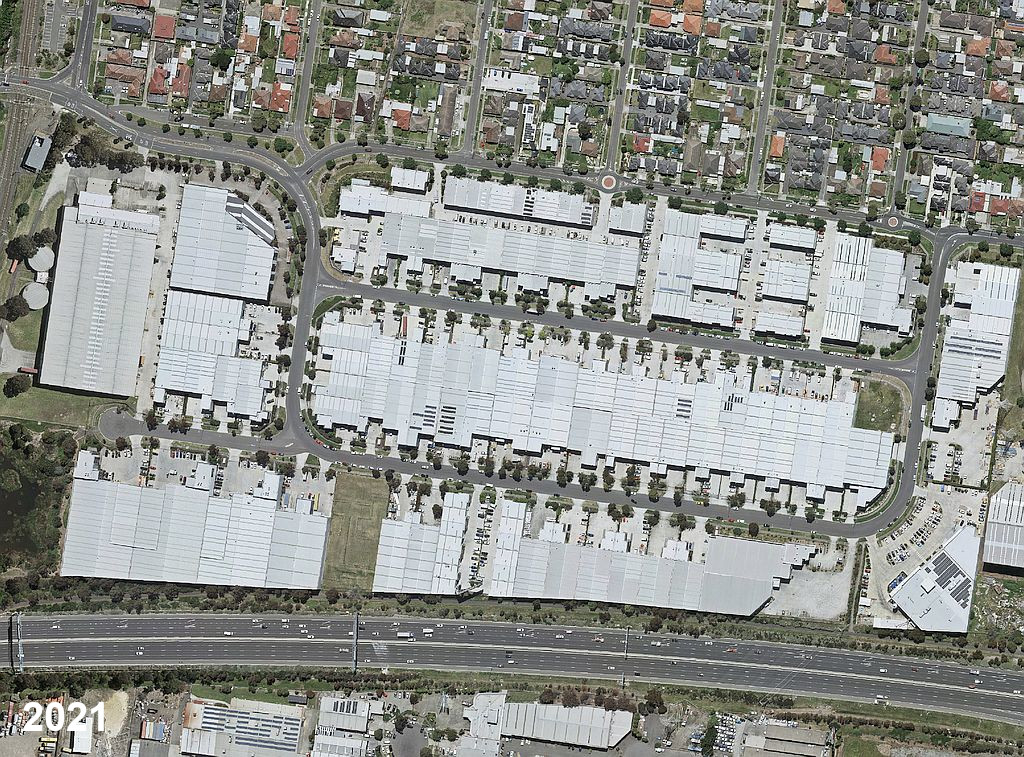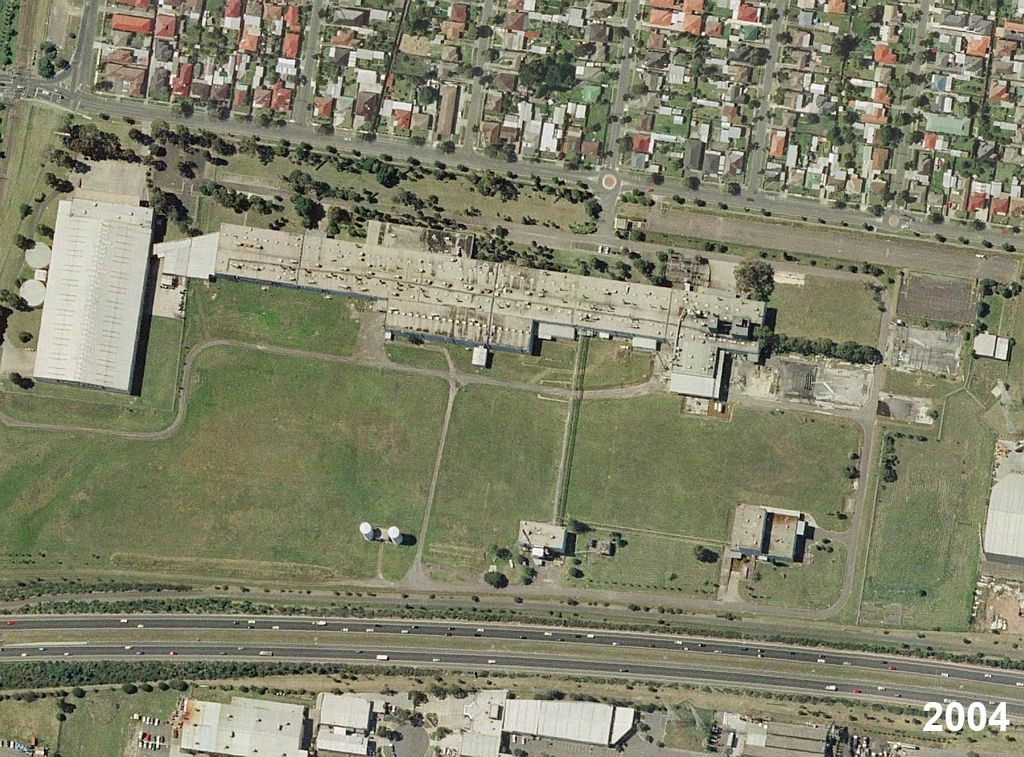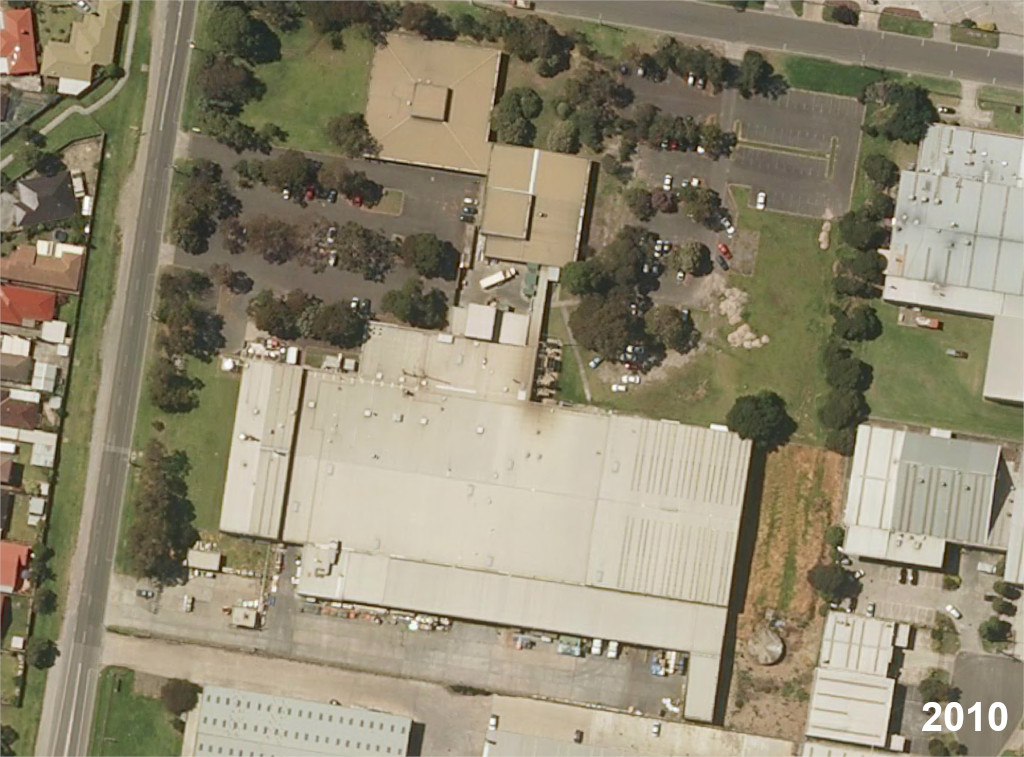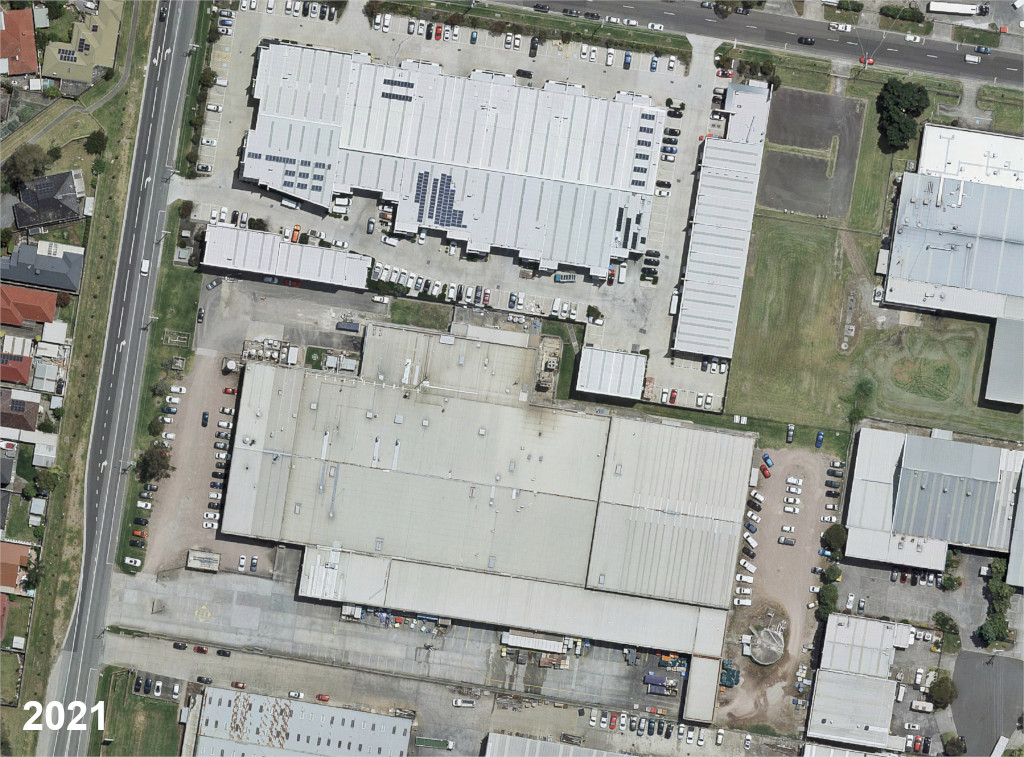Status
On this page:
This article is about the important role the recycling of industrial land for new industrial uses in the established parts of Melbourne contributes to a sufficient supply of land for productive uses. It delves into some of the trends in land supply and development emerging from analysis carried out for the Urban Development Program.
Planning for industrial land to meet future needs
Plan Melbourne recognises that both the planning for industrial land in the right locations and identification of key industrial precincts is necessary to support employment and investment opportunities. This requires an understanding of industrial land supply and consumption across the city.
The Urban Development Program monitors and analyses industrial land supply and consumption across metropolitan Melbourne to provide this understanding.
An analysis of historic spatial data from the Urban Development Program shows that most of metropolitan Melbourne’s needs for new industrial land have been met through the planned rezoning of greenfield land for industrial purposes. Over the last twenty years nearly 7,000 hectares of greenfield land in metropolitan Melbourne’s growth corridors have been zoned for industrial use.
Recycling industrial land
Another source of industrial land that is sometimes overlooked is the recycling of land in established areas for new employment purposes.
As the economy changes, some older industries such as some types of manufacturing vacate sites in established Melbourne. This vacant industrial land is critical in providing well located new sites for a broad range of productive uses such as:
- Warehousing space for freight, logistics and retail businesses
- Large and affordable spaces for creative industries
- Business services firms such as medical laboratories, or equipment hire businesses
The Urban Development Program has shown that over the last decade about 680 hectares of industrial land in the established areas of Melbourne has been recycled for new industrial uses. The two case studies below illustrate the benefit of recycling industrial land from obsolete industrial uses to new productive ones.
Case study 1: Goodyear Tyre Factory site Thomastown
This 20-hectare site at the corner of High Street and the Western Ring Road Thomastown was formerly occupied by a large factory owned by Goodyear for the manufacture of tyres. It shut down in 2002.
Following the sale of the site and early planning, by 2006 the site had been partially demolished. It was subdivided starting from 2008 and was developed over the next decade. By October 2021 the site was almost fully built out. The site has been transformed into premises for over a hundred businesses including a food manufacturer and a large number of wholesalers who provide valuable local employment opportunities. While these firms are not manufacturers, they deal in large and bulky goods that need space that cannot be appropriately accommodated in commercial zones such as a strip shopping centres.
Goodyear Tyre Factory site in 2004 and 2021
Use the slider to compare images
Case study 2: Farm Pride Egg site Keysborough
The 5-hectare site on the corner of Chandler and Kirkham Roads was originally used as the Victorian Egg Board’s office and processing facility. However, by 2012 half of the site was no longer required for the operations of the successor firm, Farm Pride Foods. The northern portion of the site was sold while Farm Pride Foods retained the warehouse for their operations, which they continue to occupy.
The redundant buildings on the northern portion of the land were demolished by 2014 and the site subdivided into 34 lots. It was fully built out by 2018. Similar to the Thomastown site these units have been occupied mainly by wholesalers who need larger premises that are not appropriate for commercial zones like strip shopping centres. Some are also occupied by personal and consumer services such as a car mechanic, a gym and a dance school.
Farm Pride Egg site in 2010 and 2021
Use the slider to compare images
Long term planning for industrial land is important
The examples in this article show how land has been recycled for industrial purposes providing for local employment opportunities in established areas.
The importance of recycling of industrial land in the right locations to support local jobs has been recognised by the Melbourne Industrial and Commercial Land Use Plan, which was released in 2020. The Plan builds on the relevant policies and actions of Plan Melbourne 2017-2050 and its associated Plan Melbourne 2017-2050 5 year Implementation Plan to protect strategically important industrial land.
The Plan recognises that industrial areas that provide an ongoing economic, urban servicing or employment contribution to local communities, regions and the state should be retained as a critical economic resource.
The Urban Development Program will continue to monitor the supply and development of industrial land into the future to inform strategic planning for industrial land.
About the data
The Urban Development Program - Industrial monitors the development and supply of industrial land across Melbourne. It contains detailed maps, data and analysis.
Page last updated: 01/01/24



